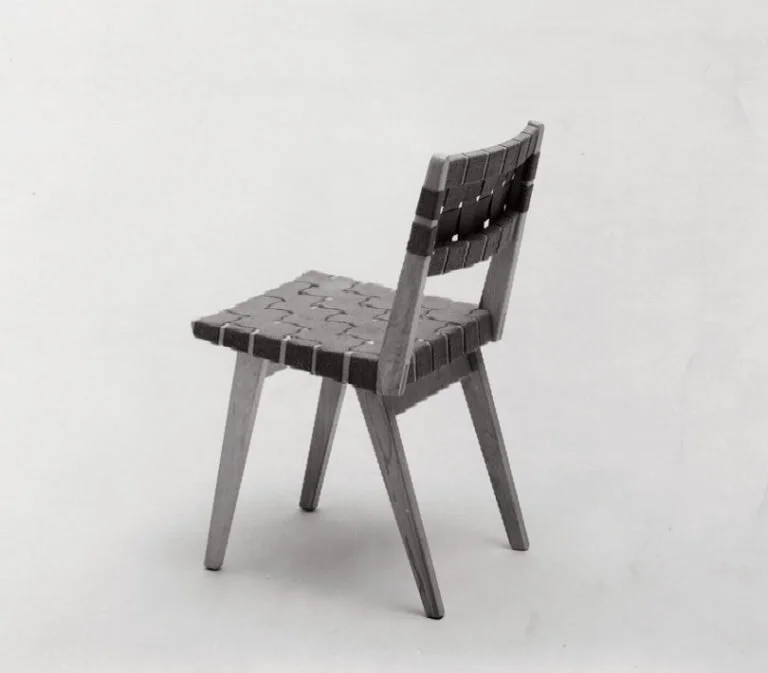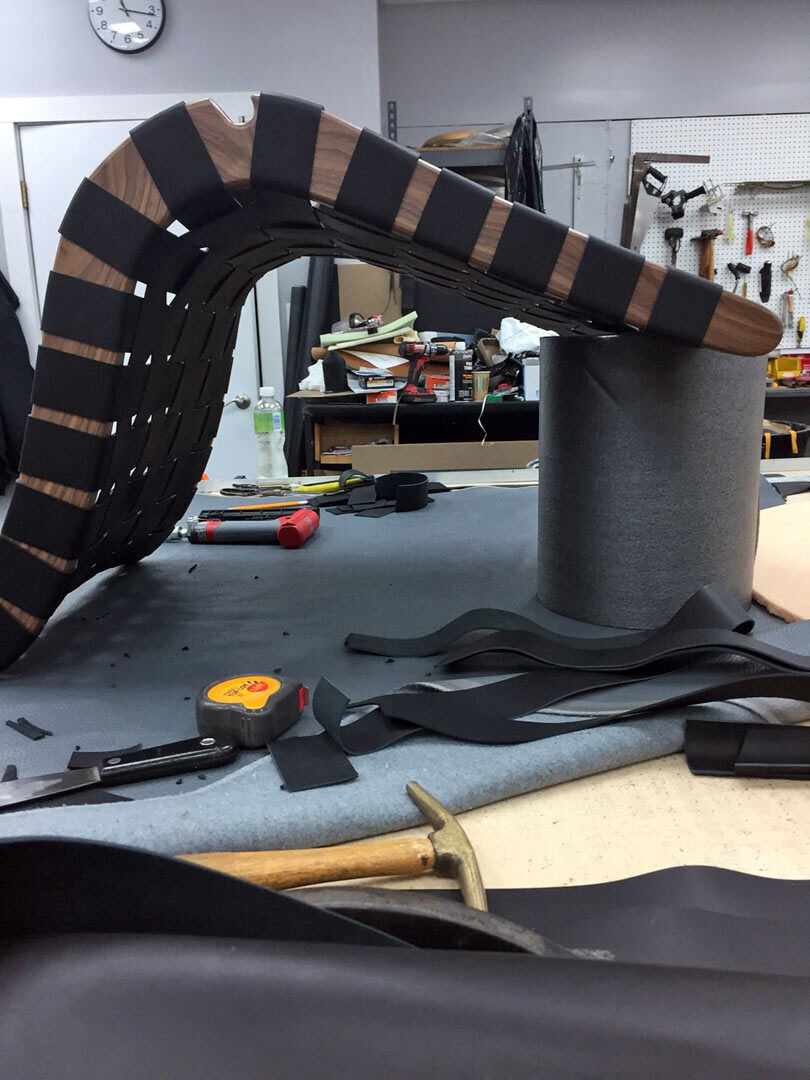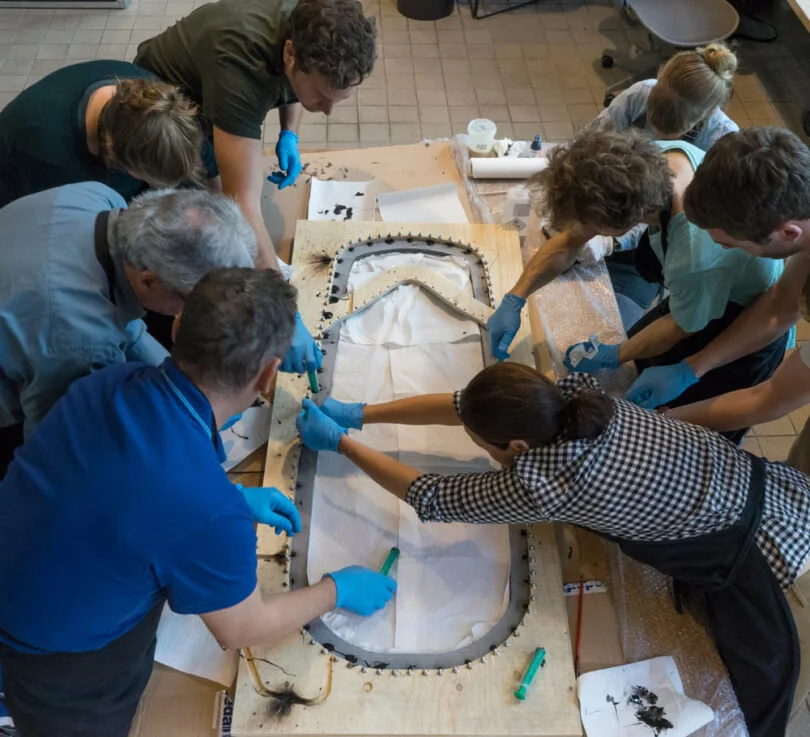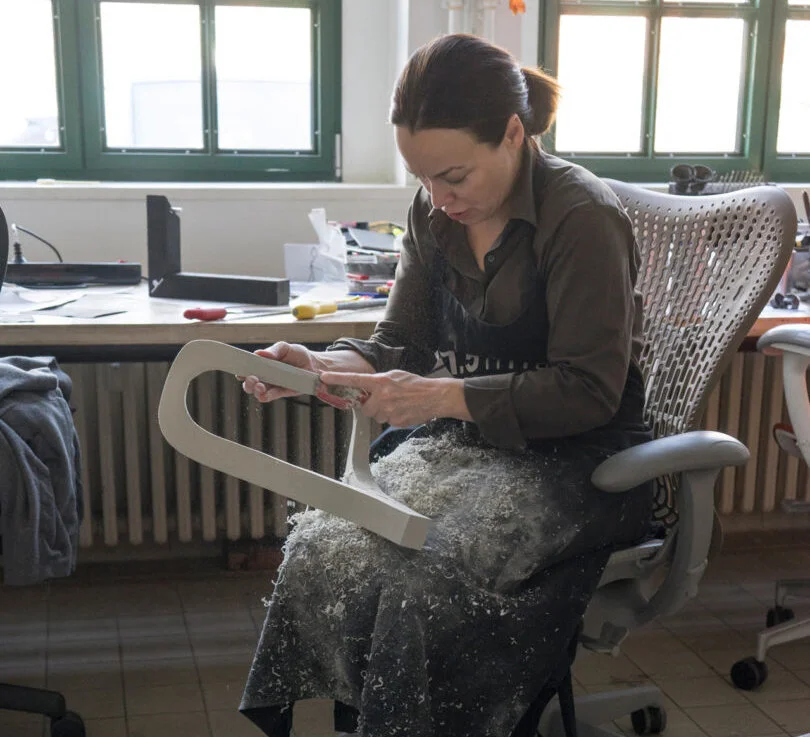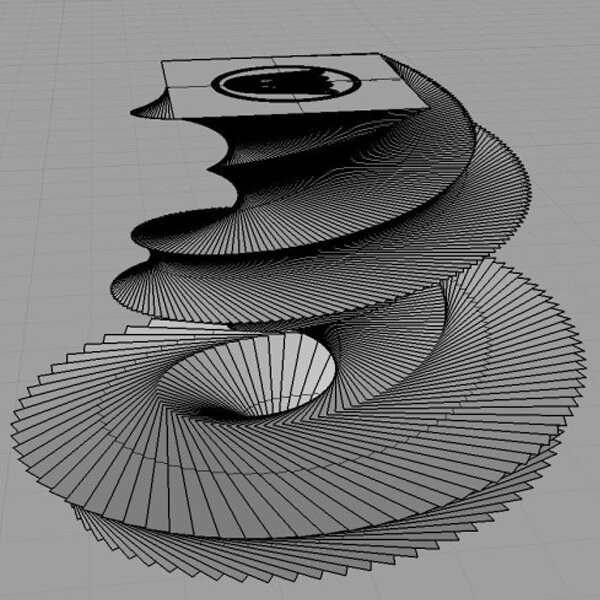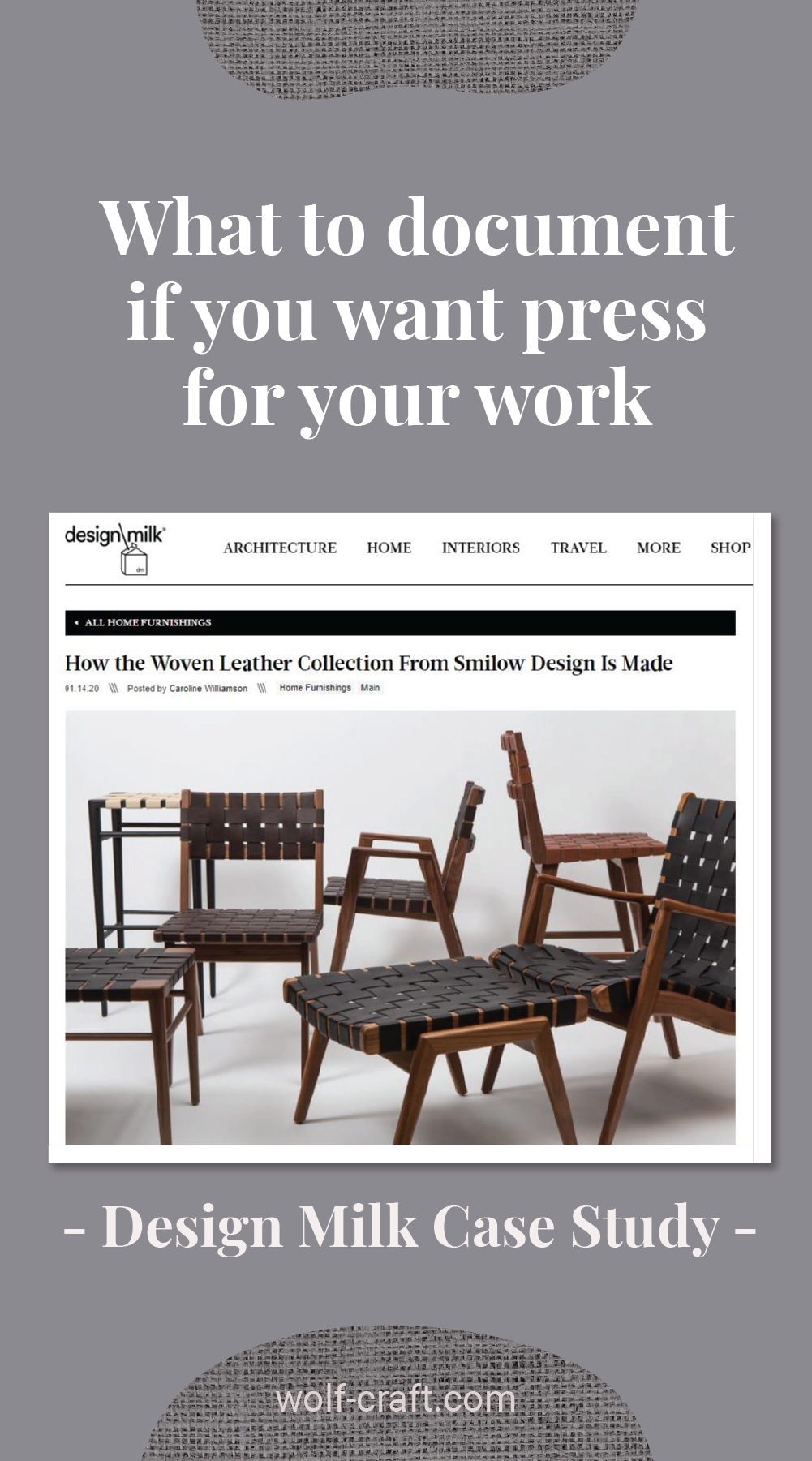Why Documenting Everything is Important for Public Relations: A Wolf PR Case Study
A while back, Design Milk published an in-depth feature about Wolf PR’s client, Smilow. The feature, aptly named Deconstruction, is a monthly deep dive into what it takes to bring a design product or collection to life. The designer or brand takes the readers behind the scenes to share their rarely seen product development process. This often includes showcasing prototypes, process photos and sketches, and production photography.
I particularly love Deconstruction because it allows designers and manufacturers to share what goes into the their products. And while the feature is about the technicalities of design and production, the stories are told in a way that is interesting for the layman. Even though I’m not an industrial designer, by reading Deconstruction, I’ve gained an appreciation for the design elements I wouldn’t even know to think about.
They say the best design is 99% invisible (what a great name for a podcast about design… 😀) and Deconstruction shines a light on those overlooked, invisible parts. For perhaps the first time, we see how many table prototypes a design team had to make before they got to the slim frame profile to hold up the heavy top.
It’s a fantastic venue for sharing niche yet informative content, like the finer points of rigorous ergonomics research with the accompanying photos of trials and failures. In short, it's a place to share the design process where there just are not a lot of places to share it in the current design media. It’s a destination for bigger story telling.
Smilow featured in Deconstruction by Design Milk
Deconstruction is only published once a month, making it an honor to be selected. This means, securing a feature is competitive. So how do our clients get ready for PR opportunities like these? By having the right assets for the right stories.
We encourage our clients to document everything—sketches, design briefs, installations, prototypes, manufacturing, etc. This helps potential customers understand how your brand stands out among its competition.
While you might think documenting everything is only true for design, this strategy is an important storytelling tool for all types of industries.
You saw it with Obama and his in-house photographer, Pete Souza, who followed him for the entirety of his presidency. Souza documented even the most mundane moments, never knowing what might turn into a bigger story.
You see it when a fitness guru shares monthly updates on improving their flexibility. Perhaps with supporting content that includes trial and error of different tools like straps and yoga blocks that helped them finally get their first split.
Don’t underestimate the small stuff. It can contribute to a larger story that you might not be able to see until you have all of the pieces.
When you have a lot of strong assets to choose from you also have a lot of stories to tell.
In the fitness guru example, they can now pitch a story about the ups and downs of becoming more flexible to a fitness blog—and perhaps even get sponsorship with a yoga block brand. Plus, they can use those assets for their newsletter and social media. Hopefully you can start to see how documenting everything is a key part of any content strategy in addition to PR work.
Back to our design story…
We knew our client Smilow would be a great fit for Deconstruction because of all their archival and process images. Smilow is unique because they have a stunning cache of archival images and advertisements.
The current CEO pulls from this deep well of materials when developing new collections, all of which are revivals of original mid-century furniture (it helps that the CEO is also the granddaughter of the original designer). This abundance of archival images and fantastic production photography made Smilow a great candidate for Deconstruction.
The Smilow team decided the best product pitch was their Woven Leather collection.
Design Milk notes, “The collection pairs stellar craftsmanship and beautiful details noted from every angle that result in classic pieces to last a lifetime.”
In the feature, we were able to share many images that supported the claim of stellar craftsmanship and beautiful details. Smilow’s Deconstruction feature included images from the current collection, vintage photography, original sketches from Mel Smilow, and production shots. Because we had these visual assets, we were able to hammer home the story of handmade craftsmanship, so integral to the Smilow brand.
If you are finding this post helpful we think you’ll get a lot out of our 5-Day Pitch the Media Mini Course
Herman Miller featured in Deconstruction by Design Milk
Smilow wasn’t the first time we helped a client secure a feature in Deconstruction.
Back in 2018, we worked with Herman Miller to launch their newest office chair, Cosm. Because the chair used a never-before-seen-technology, Studio 7.5, the German design team Herman Miller, was able to provide us with plenty of development images to help the reader understand how complex and special the auto-tilt technology inside this chair is, including one of my favorite images:
So many elements about this chair are unique: the way the suspension fabric is held onto the chair, the shape of the arms, even how the joints come together. Design Milk wouldn’t have been able to tell those stories without the images to accompany them.
Ghostly International featured in Deconstruction by Design Milk
Through a more artistic angle, we also worked with Ghostly International, placing them in Deconstruction with a limited edition artwork created for them by artist Matthew Shilan.
Matthew had a lot of process screenshots which helped get realllll nerdy, and a great read for fellow process lovers. He was able to get into the details of how the artwork literally comes together. Reading this Deconstuction was was like visiting an artist in their studio.
If you want to tell these behind the scenes stories, make sure you’re capturing the assets to tell that story visually. Magazines and blogs are big picture books and the better assets you have the better chances for being selected for publication. This is why documenting everything is important for public relations!




